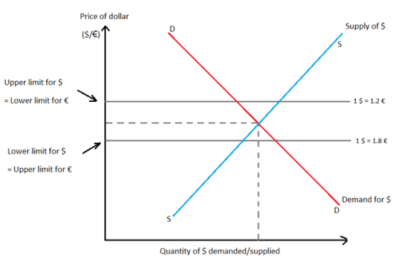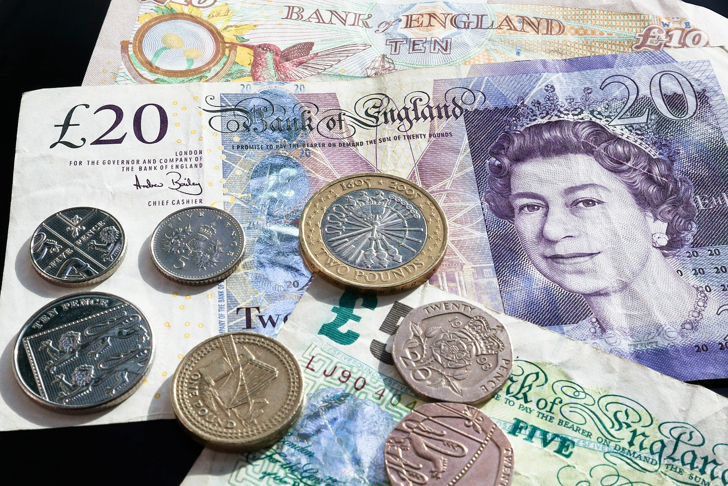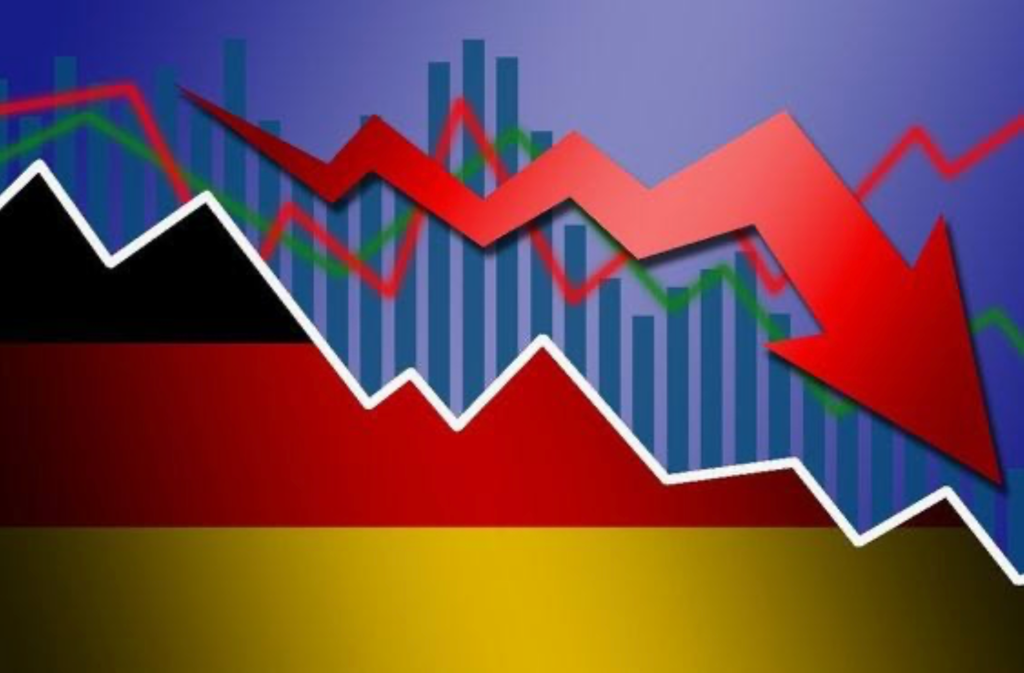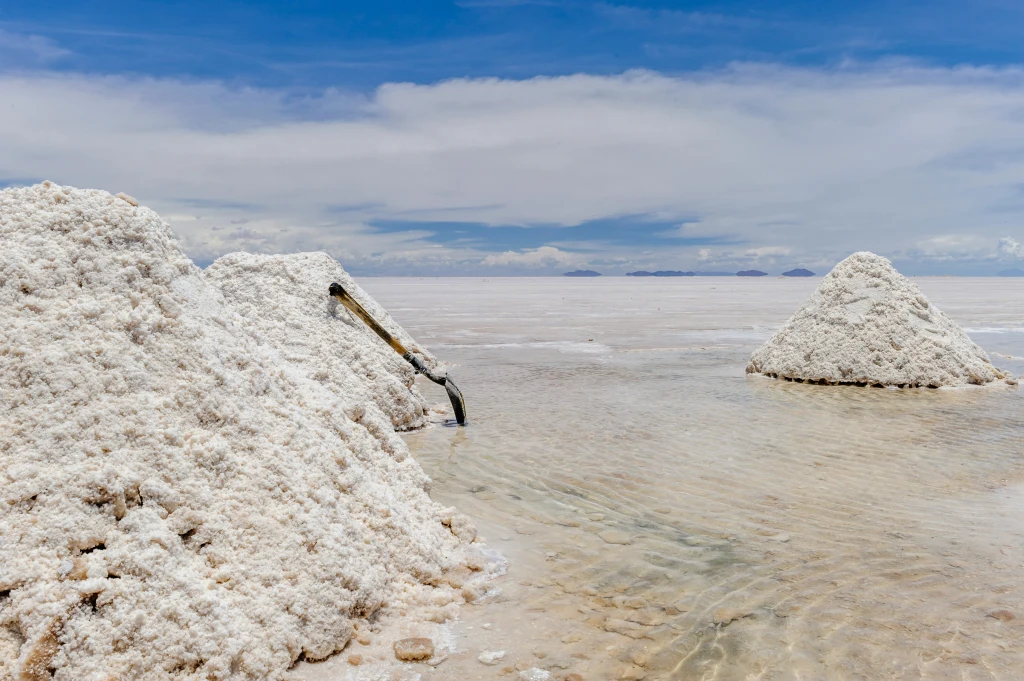By: Devansh Lathia
Black Wednesday is known as the day that George Soros bet against the British pound, leading to one of the most catastrophic financial events in modern history
On September 16th 1992, George Soros made one of the most audacious trades in recent times when he bet an enormous sum of money against the British sterling. In the process, he pocketed over a billion dollars and brought the Bank of England to its knees. Making a billion dollars is by all means no small feat, but to destroy the monetary system of Great Britain in one single day is something else altogether.
To grasp how Soros made a fortune betting against the British pound entails some basic knowledge of how exchange rates between countries work, the macroeconomic tools governments use to fuel economies, and how hedge funds make trades.
Although this event occurred two and a half decades ago, it is imperative to be cognizant of the fact that Soros made this bet in a very different age. Back then, hedge funds were uncommon and relatively unknown. Capital flow restrictions between different countries were just being loosened and the 24-hour news cycle was still very new.
After WWII, several European countries decided to integrate their economies more securely with each other. The reasoning behind this was that economic cooperation would foster peace and interdependence within the region and prevent the outbreak of another catastrophic war. This culminated in the European Union (EU), which didn’t assume its current system of a single currency until 1999. A precursor to the EU was the European Exchange Rate mechanism (ERM), which was formed in 1979.
The ERM
Countries in the ERM system agreed to fix their exchange rates with each other instead of ‘floating’ their currencies and letting capital markets determine the rates of exchange. Since Germany had the strongest economy in Europe, each country set their currency’s value in Deutschmarks. They decided to maintain the exchange rate between their currency and the Deutschmark within an acceptable range of plus or minus 6% of the agreed upon rate.
With fixed exchange rates, Central Bankers must monitor the currency closely to ensure that the rates remain within the acceptable band. People trade currency every day, exchanging their currency to buy imports or sell exports; and the market applies pressure based on what it thinks the actual rate should be established on supply and demand for a currency. To keep the exchange rate fixed, governments need to participate in the market and stimulate it in certain directions.

The diagram above illustrates a ‘pegged’ currency. Out here, the acceptable band is demonstrated by the two horizontal line. The rate can only move between these two lines and central bankers must ensure that it remains so.
Banks can influence their currency in two main ways. First, they can take their reserves of foreign currency and purchase their own currency on the open market. This causes the currency to appreciate relative to other currency, prompted by a rightward shift of the demand curve for the currency. On the other hand, a sell-off of the currency initiates an outward shift of the supply curve, applying a downward shift on the rate and in essence prompts a devaluation of the currency.
Alternatively, banks can adjust exchange rates by toying with interest rates. Raising interest rates induces a flow of capital into your country, causing your national currency to appreciate and vice versa. On the surface, this may seem like the easier option, but a closer analysis reveals that tinkering around with interest rates is a huge deal, however, because interest rates affect the economy as a whole. Along with government spending, interest rates are the main lever governments can use to stimulate the economy and move it in the desired direction.
The Trade of the Century
Britain decided to join the ERM in 1990 at an exchange rate of 2.95 Deutschmark (DM) for each British pound (GBP). The British government was required to keep the exchange rate within 2.78 DM to 3.13 DM. The decision to do so came on the backdrop of a nervous economy that was riddled with high unemployment, low productivity and an uncompetitive export market.
By the spring of 1992, just a year and a half after Britain joined the ERM, the fixed exchange rate was showing signs of defects. The British pound was trading at unsustainable levels; the British government knew it, and the market knew it too as the pound was trading at the lower end of the agreed upon band with the Deutschemark.
What kept the pound from nose diving in value was simply the British government’s guarantee that it would keep the value propped up, and the market had faith that it would. As long as everyone believed that England would stay indefinitely committed to buying pounds and keep it in the agreed upon level, the status quo was maintained.
Following an interview with the then President of the Bundesbank, Helmut Schlesinger, it was revealed that the pound sterling was one of those currencies that could “come under pressure” and be devalued since it was trading at levels that were far away from its inherent value. This caused a huge dent in market sentiments and probed major speculation about the pound and the possibility of it being devalued.
Meanwhile in New York City, Soros and his Quantum Fund had been building a $1.5 billion short position anticipating that an overvalued pound would be compelled by the market to drop down to its equilibrium price devoid of any artificial intervention. A short position, in essence, allows an investor to garner profits when the price of a commodity or security goes down rather than up.
Since the pound was trading at the lower end of the agreed level, this was a brilliant and well thought out strategy. If the pound tanked, Soros would make billions owing to his short position. Any increase in the value of the currency is virtually impossible given the fact that the market was now convinced that the pound was overpriced. It was already trading at low levels and required support from the Bank of England to remain on its current level.
And so, on the morning of Wednesday September 16, 1992, Soros and his fund increased their short position against the British pound from $1.5 to $10 billion. Consequently, Soros borrowed and sold pounds from anyone that he could. Other hedge funds found out about the bold trade and decided that it would be prudent to short the pound too.
Therefore, by the time London markets opened, tens of billions of pounds had been sold, placing the pound to be trading dangerously close to below the levels mandated by the ERM. British officials responded by buying up the pound, depleting its reserves of foreign currency in order to prop up the price and induce an uptick in the demand for the British sterling. However, the huge supply glut could not be mitigated by the purchase of the currency and its value still remained surprisingly low.
Having no other option, the British government was forced to drive up interest rates to manage the currency and prevent it from free falling. At around noon local time, an increase in interest rates of 200 basis points, from 10% to 12%, was announced. However, the pound continued to plummet. Investors around the world were convinced that the currency would continue its downward trajectory thereby prompting them to offload the currency and cut their losses. This caused the situation to exacerbate further.
Later at night, Britain left the ERM and would float its currency on the open market, marking a decisive victory for currency speculators like Soros. “Markets can influence the events that they anticipate,” was something he once said and this economic episode stands testament to it. The value of Quantum fund increased almost instantly from $15 to $19 billion when the pound was introduced to the open market. A few months later, the fund was worth almost $22 billion.
Works Cited
Kuepper, Justin. “How George Soros Broke the Bank of England.” The Balance, Retrieved from www.thebalance.com/black-wednesday-george-soros-bet-against-britain-1978944
Higgs, Abby. “How Did George Soros Break the Bank of England?, Money Morning, 24 June 2015, Retrieved from moneymorning.com/2015/06/10/how-did-george-soros-break-the-bank-of-england/






Leave a comment